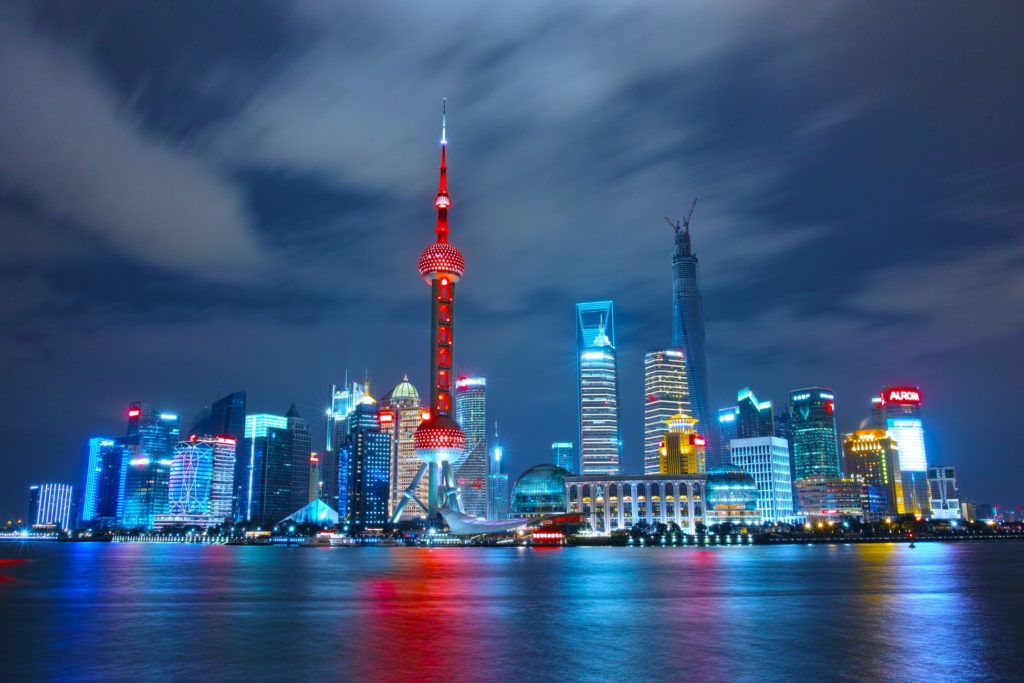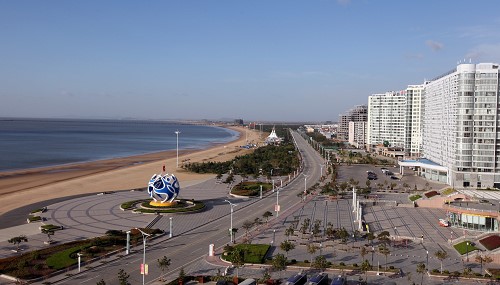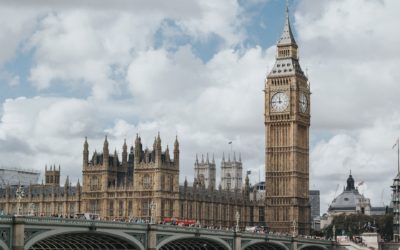The Chinese government has released proposals outlining the country's 14th Five-Year Plan, covering the period 2021-2025, with an overall aim of achieving a carbon emissions peak before 2030 and net-zero before 2060 •
As national energy sources are increasingly spent, the Chinese state encourages renewable energy sources for heating • Regional news include a new action plan for tackling air pollution in the Beijing-Tianjin-Hebei region, as well as the first zero-carbon heating city project in the province of Shandong

Proposals of the Central Committee of the Communist Party of China on Formulating the 14th Five-Year Plan for National Economic and Social Development and the Long-term Goals for 2035 was released by the Chinese government in November 2021.
China is the world’s biggest source of carbon dioxide, responsible for around 28% of global emissions. In a speech to the UN General Assembly in late September 2020, Chinese President Xi Jinping declared his country’s aim “to have CO2 emissions peak before 2030 and achieve carbon neutrality before 2060”.
As a reflection of President Xi’s pledge, environmental technologies relies on Made in China 2025 goals in power, and new energy technologies and materials, such as batteries. Plans call for half of vehicles to be electric or fuel-cell powered, and the other half hybrid by 2035. China’s environmental and technology goals are mutually reinforcing; the 14th FYP environmental policies could bolster China’s efforts to upgrade manufacturing and requires foreign technology transfer to meet new standards.
For more information of the proposals please click here
The state encourages and promotes the use of solar energy and other renewable energy for heating. This is an important area for energy conservation and thereby CO2 emission reduction. In addition, it is an even more important area for Security of Energy Supply because indigenous energy sources are increasingly spent. The National Energy Administration will support in pilot projects as well as large projects.
For more information please click here
The 14th Five-Year Plan (2025-2030) is a very critical period for China to achieve the carbon peak goals and carbon neutrality vision, therefore issues addressing climate change will be highly prioritized. The Ministry of Ecology and Environment of P.R. China announced that the ecological and environmental protection inspection program will cover the relevant actions achieving carbon peak, assessment and evaluation of progress on regional basis will be conducted.
For more information please click here
 The plan, called “The Beijing-Tianjin-Hebei, Fenwei Plain and surrounding regions 2020-2021 autumn and winter comprehensive control action plan for air pollution”, sets air pollution targets for China’s industrial belt during peak winter emission seasons. The plan was released by the Ministry of Ecology and Environment of P.R. China on October 28th, 2020.
The plan, called “The Beijing-Tianjin-Hebei, Fenwei Plain and surrounding regions 2020-2021 autumn and winter comprehensive control action plan for air pollution”, sets air pollution targets for China’s industrial belt during peak winter emission seasons. The plan was released by the Ministry of Ecology and Environment of P.R. China on October 28th, 2020.
This action plan covers more than 40 cities, and it differentiates emission standards based on region. For the entire region included within the plan, the average daily benchmark from October to December is less than PM 2.5 levels of 63 mg/m3 (roughly within the 150-200 AQI range), with no more than five days exceeding these levels. From January through March, the region must maintain PM 2.5 levels below 86 mg/m3 (still roughly in the 150-200 AQI range) and not exceed 12 days of heavy pollution.
For more information please click here
 The project, started in November 2020, is in Haiyang city, Shandong province. It will use nuclear energy with a heating source to cover an area of 4,5 million square meters. Nuclear energy heating is achieved by extracting steam from nuclear power plants as a heat source, conducting multi-stage heat exchange through heat exchange stations, and finally transferring heat to users through municipal heat pipe networks. It helps in improving energy efficiency and reduce CO2 emission. The project is expected to be completed in 2021.
The project, started in November 2020, is in Haiyang city, Shandong province. It will use nuclear energy with a heating source to cover an area of 4,5 million square meters. Nuclear energy heating is achieved by extracting steam from nuclear power plants as a heat source, conducting multi-stage heat exchange through heat exchange stations, and finally transferring heat to users through municipal heat pipe networks. It helps in improving energy efficiency and reduce CO2 emission. The project is expected to be completed in 2021.
For more information please click here
European Union Chamber of Commerce in China – Seminar on China-EU Energy Policies and Energy Industry Development- Advice to Energy Administrations (中欧能源政策与行业发展座谈会 – 为能源行政部门献计献策)
SweHeat & Cooling and Business Sweden held a meeting with the Professional Committee of Distributed Energy, China City Gas Association (中国城市燃气协会分布式能源专业委员会) in November 2020 discussing potential cooperation in 2021
Meeting with China District Heating Association (CDHA) discussing potential cooperation in 2021
To stay updated on news for sustainable heating and cooling, follow us on Twitter and LinkedIn, and subscribe to our Newsletter.



